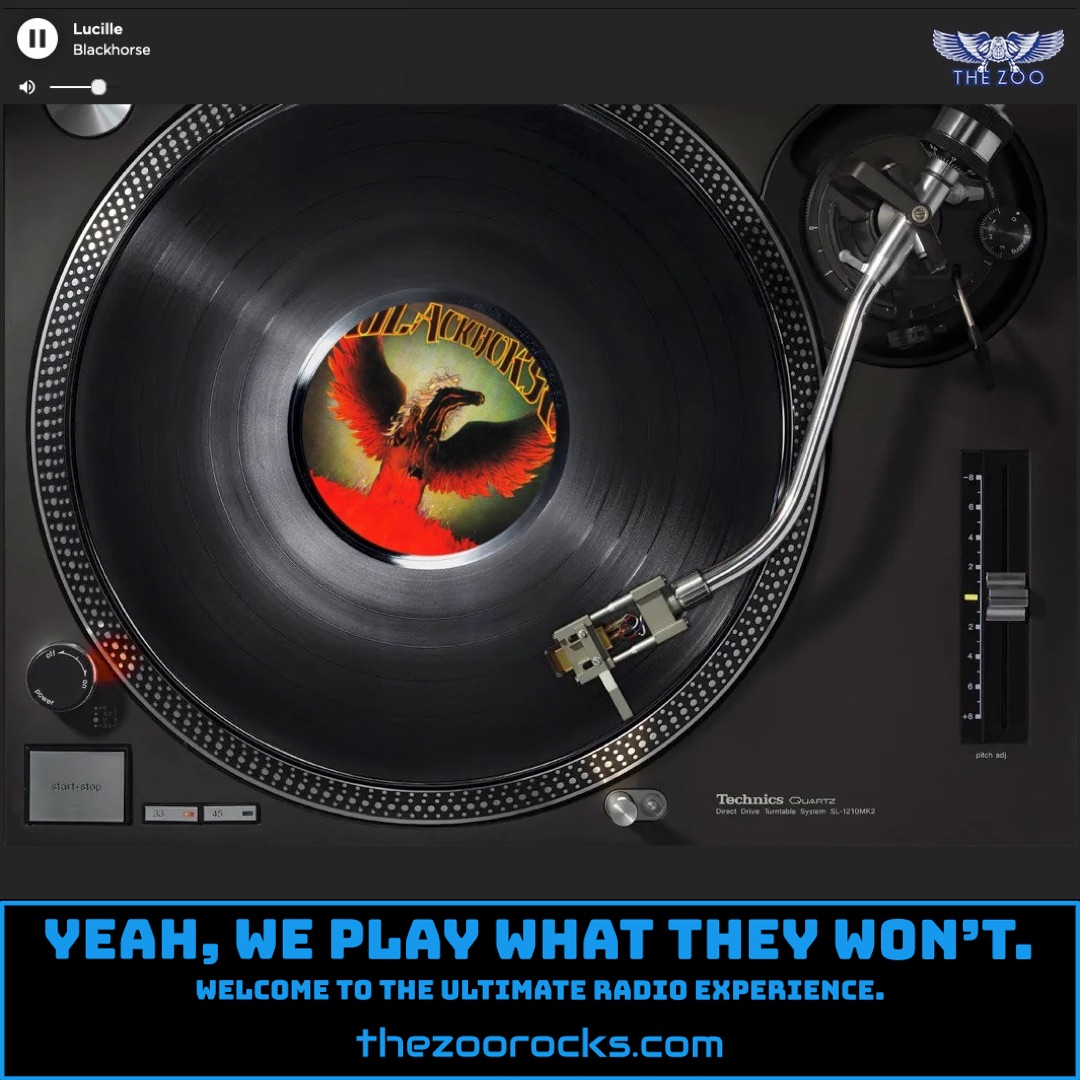Synchronicity I
The Police
The Zoo Crew is spinning the hypnotic vibes of Synchronicity I by The Police, from their iconic 1983 album Synchronicity (Remastered 2003), and the Zoo Freaks are surely feeling the cosmic pulse! This track, kicking off the album with its pulsing synths and driving rhythm, sets the stage for a record steeped in Carl Jung’s concept of meaningful coincidences. The song’s sequencer-driven energy, as noted in an Apple Music feature, showcases Sting’s growing fascination with synthesizers, a creative leap from their earlier punk-reggae roots. In a 2000 interview with Revolver, drummer Stewart Copeland described the tense recording atmosphere at AIR Studios in Montserrat, where he felt isolated, watching Sting and Andy Summers via video link, convinced they were grumbling about his drumming. This friction, ironically, fueled the song’s taut, urgent sound, making it a perfect opener for an album that explores connection amidst chaos.
Delving into the trivia, Synchronicity I is deeply tied to the album’s thematic core, inspired by Arthur Koestler’s 1972 book The Roots of Coincidence, which explores Jung’s synchronicity theory. Sting, as he shared on the radio show In the Studio, was captivated by the idea of “accidents” in music, where seemingly random moments create something profound, a concept mirrored in the song’s structured yet frenetic energy. The track’s production, handled by Hugh Padgham, used innovative techniques like recording each member in separate rooms—Copeland in the dining room, Sting in the control room, and Summers in the studio—to capture pristine sound while keeping the band’s clashing egos apart. A post on The Police’s X account from January 18, 2024, highlighted a live performance of Synchronicity I from the 1983 Synchronicity Tour, showcasing its raw power on stage. The song, though not a single, remains a fan favorite for its cerebral edge and propulsive rhythm, a testament to the band’s ability to blend brainy concepts with radio-ready rock.
The Police, formed in London in 1977, began as a trio blending punk’s raw energy with reggae’s laid-back grooves, a sound that set them apart in the post-punk scene. Sting (Gordon Sumner), a former schoolteacher and jazz bassist, met drummer Stewart Copeland, an American with a progressive rock background, at a jazz club gig. Copeland, impressed by Sting’s voice and stage presence, convinced him to form a band. Guitarist Andy Summers, a seasoned player who’d worked with acts like The Animals, joined after a chance meeting with Copeland, replacing original guitarist Henry Padovani. Their early days were scrappy, playing small punk venues while honing their unique sound. Their debut album, Outlandos d’Amour, released in 1978, featured the hit Roxanne and put them on the map, with Sting’s songwriting and the band’s tight interplay earning critical buzz. By the time Synchronicity dropped in 1983, they were global superstars, though internal tensions led to their breakup after the album’s tour.
For Zoo Freaks wanting to dive deeper into The Police’s world, check out their official website for news, tour archives, and merch. Connect with the band on Facebook, Instagram, and X, where they share throwback clips and updates, like the July 26, 2024, post about the Synchronicity 40th anniversary box set. Fans can also join the vibrant The Police Fan Club on Facebook, a hub for devotees sharing memories and rare photos. Another great resource is PoliceWiki, a fan-driven site packed with detailed discographies and tour info. Whether you’re vibing to Synchronicity I or exploring the band’s legacy, the Zoo Crew and Zoo Freaks are keeping the spirit of The Police alive!

